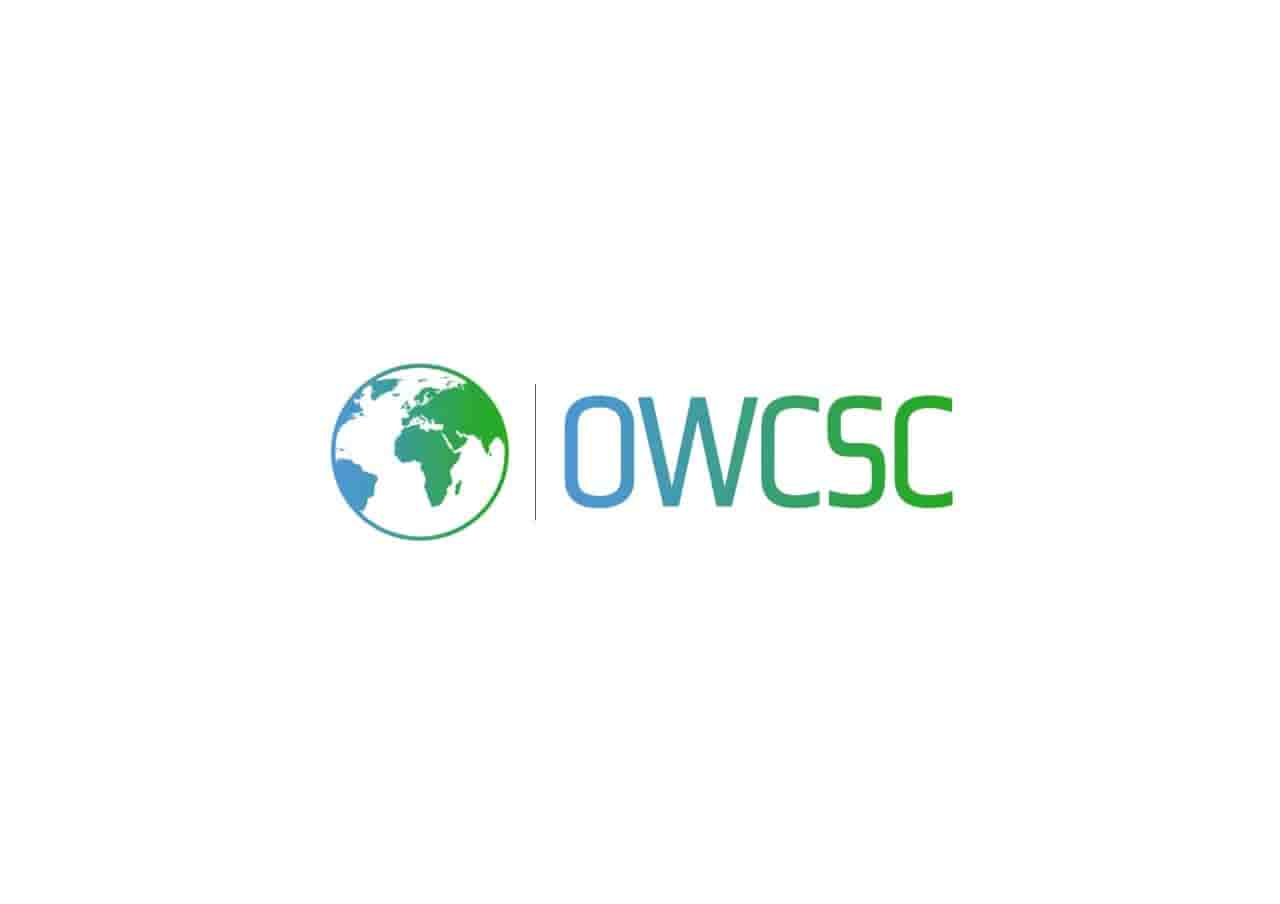
Goal Setting: A Roadmap to Recovery
Harnessing the rich scientific insights of Self-determination Theory (SDT), the One World Community Support Center (OWCSC) paves a transformative path for recovery through its Peer Recovery Support and Harm Reduction Programs. SDT, when merged with these programs, provides a realistic and goal-driven approach that empowers individuals towards achievable recovery milestones.
The Power of Goal Setting
SDT research uncovers the profound impact of goal content on well-being. While setting and striving for goals can be a catalyst for thriving, not all goals are equal. The essence of one’s goals plays a pivotal role in promoting wellness. Just as the motives underlying behavior vary, life goals also span a spectrum from intrinsic to extrinsic. Intrinsic aspirations, like personal growth, meaningful relationships, and contributing to a better world, satisfy essential psychological needs, nurturing well-being. Conversely, extrinsic goals, such as seeking wealth, beauty, and fame, often involve external comparisons and approval-seeking. When prioritized over intrinsic aspirations, extrinsic goals can thwart psychological needs, hindering flourishing.
Synergy with Peer Recovery Support
Herein lies the foundation of OWCSC’s approach. Merging the insights of SDT with Peer Recovery Support, we cultivate an environment where goal setting becomes a roadmap to recovery. Our Peer Recovery Support Specialists align their expertise with the principles of SDT, guiding individuals towards intrinsically motivated goals that nourish their psychological needs. By focusing on personal growth, meaningful connections, and fostering positive change, we empower individuals to flourish within their unique recovery journeys.
Navigating Harm Reduction with SDT
The OWCSC’s Harm Reduction Programs further extend this synergistic approach. SDT’s wisdom enriches our Harm Reduction initiatives by emphasizing intrinsic aspirations over extrinsic desires. By shifting the focus towards safer and healthier choices, individuals are empowered to prioritize their well-being, finding intrinsic satisfaction in their progress.
Empowering Realistic and Achievable Goals
SDT research underscores why the pursuit of wealth, beauty, and fame doesn’t necessarily equate to well-being. It shines a light on the deeper dimensions of human aspirations and motivations. OWCSC’s dedication to infusing these insights into its Peer Recovery Support and Harm Reduction Programs ensures that recovery is not a distant dream, but a journey rooted in realistic and attainable goals.
Flourishing Through Intrinsic Aspirations
The fusion of SDT, Peer Recovery Support, and Harm Reduction at OWCSC guides individuals towards flourishing. By embracing intrinsic aspirations that satisfy psychological needs and promote well-being, we reframe the recovery journey. Together, we dispel the misconception that external validation guarantees happiness, instead, we empower individuals to find fulfillment within themselves.
In this holistic approach, recovery is not merely overcoming challenges – it’s a profound transformation that stems from nurturing intrinsic motivations and setting goals aligned with personal growth, connection, and positive change. Through SDT’s scientific wisdom and OWCSC’s dedication, recovery takes on a new dimension – one that is rooted in authenticity, empowerment, and the journey towards a fulfilling life.
Peer Recovery Support and Self-determination Theory: Synergistic Self-Evaluation in Recovery
The journey of recovery is a profound path, one that embodies the essence of self-determination – the driving force that propels us towards fulfilling lives. At the heart of this journey lies Self-determination Theory (SDT), a potent framework that not only empowers individuals but also provides a scientific foundation for living our best lives.
Understanding Self-Determination Theory
SDT, a theory of motivation, emphasizes the significance of quality over quantity when it comes to human behavior. It distinguishes between intrinsic and extrinsic motivation, highlighting that intrinsic motivation derives from the joy and interest inherent in an activity itself. This intrinsic pleasure fuels actions that are truly rewarding on a personal level. On the other hand, extrinsic motivation involves behaviors driven by external outcomes or consequences separate from the activity itself.
Within the realm of SDT, intrinsic motivation is a focused category, while extrinsic motivation encompasses a vast array of factors. External consequences include tangible rewards, social approval, and even symbolic punishments. Internal consequences span emotional states like pride, shame, and reflective satisfaction upon accomplishment. It’s vital to note that not all internal motivation is intrinsic, as internalized extrinsic motivation is prevalent. Motivation often presents as a blend of intrinsic and extrinsic factors, experienced simultaneously.
In daily life, intrinsic motivation manifests in activities often described as fun or playful. This is especially evident in children, showcasing the theory’s premise that intrinsic motivation nurtures healthy development across physical, intellectual, and emotional realms. People of all ages, when in their healthiest states, exhibit curiosity, playfulness, and a drive to explore both inner and outer worlds.


Peer Recovery Support and SDT: A Synergistic Approach
Central to our PRS and Harm Reduction Programs foundation is the robust framework of Peer Recovery Support, intricately interwoven with the principles of SDT. Our unwavering dedication to comprehending and addressing diverse challenges is powered by a team of devoted professionals and experienced Peer Recovery Specialists. This dynamic team engages in continuous research, delving into topics such as Peer Recovery Support methodologies and the art of Goal Achievment and Time Management within the recovery journey.
By merging the principles of Peer Recovery Support and SDT, we create a synergy that amplifies the transformative power of recovery. Through SDT, individuals are empowered to take charge of their journey, fueling their actions with intrinsic motivation. This dovetails seamlessly with Peer Recovery Support, a cornerstone that emphasizes self-guided transformation guided by understanding professionals.
At the heart of our approach lies the understanding that recovery is a deeply personal endeavor. Just as SDT acknowledges the diverse motivations behind actions, Peer Recovery Support recognizes the unique challenges and goals that shape individuals’ recovery paths. Our Peer Recovery Specialists engage in patient listening, allowing individuals to lead the way, while leveraging their expertise to provide tailored guidance and resources.
A Path of Empowerment and Discovery
The integration of Peer Recovery Support and Self-determination Theory elevates the recovery journey to an empowering and enlightening experience. It acknowledges the fundamental truth that, like all living beings, humans possess an intrinsic drive to grow, adapt, and thrive. By recognizing and embracing this innate potential, individuals are guided towards a journey of resilience, self-discovery, and transformation.
Through the synergy of Peer Recovery Support and SDT, we are not only creating a space for healing but also a platform for individuals to tap into their inner motivations. It’s a reminder that recovery is not just about overcoming challenges – it’s about embracing our intrinsic desire for growth and well-being, ultimately leading us to the fulfillment of our best selves.
Never Set a Goal You Won’t Keep
This is rule number one
Be honest and gentle with yourself with your goal setting. Always be prepared to change your goals as life changes. And don’t start goals that are not measurable, predictable, and achievable.
-OWCSC Staff
